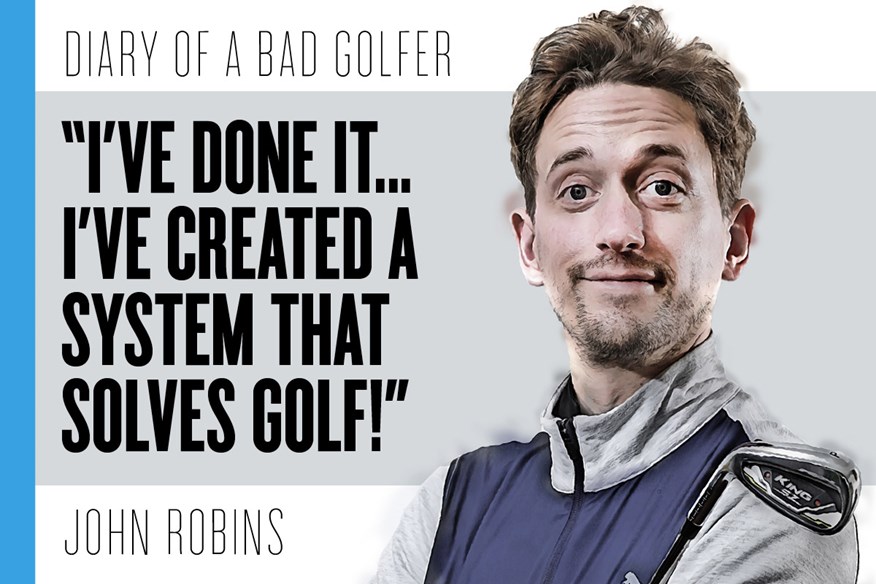Bad Golf’s John Robins: “My foolproof plan to break 90”
Last updated:
In the first of his exclusive Today’s Golfer columns, award-winning comedian John Robins, one half of YouTube’s Bad Golf, explains how he ‘solved golf’ to break 90 for the first time… and how you can do it, too.
Hello and welcome to my new Today’s Golfer column.
I’m sorry to say that it’s not going fix your slice in five easy steps, I have zero drills to dazzle you with and I couldn’t tell a Titleist Pro V1 from a Top Flite (not without looking anyway).
RELATED: Meet Bad Golf: “We’ll always be sh*t at golf, but we love it!’
But there’s one thing I do know, and it’s something I’m sure we have in common. I know what it’s like to have a love of golf that far outweighs your skillset. I know what its like to spend an evening in anticipation of the morning’s 7.32am tee time, only to want to snap every club in your bag at 7.33am the next day.

I also know what it’s like to hit that one shot, the hybrid out of the rough, when all seemed lost, that 30ft putt you just hoped to get close, and to feel, just for a second, what it’s like to hit the perfect shot.
Golf is not a game of perfect, as we all know, but that doesn’t mean it’s not full of tiny perfections.
My name is John Robins, and I am a bad golfer. Proof of this can be found on my YouTube channel ‘Bad Golf’, a project I started with my dear friend Alex Horne to represent the vast majority of golfers in a world more frequently populated by professionals.
JOHN ROBINS: “My perfect fourball partners”
I’d like to do the same here too, writing about my experiences of trying to improve my game, perhaps learning the odd thing or two along the way. I thought I’d start with the unexpected circumstances that brought about my greatest achievement to date. Breaking 90.
About four years ago, after a chance invite to a yearly golf trip, I started to take golf seriously for the first time in my life. Since then I’ve seen my handicap go from a guestimated 25ish, to a real world 19.3. But during the last year I hit a wall, an enormous, unscalable, unbreakable wall, and it had ‘90’ written all over it.
Looking back at all the rounds I’d played I had scored in the nineties a whopping thirty-six times, along with a fair few in the 100s (and one in the 120s but let’s not dwell on that). You’d think that thirty-six rounds between 90-100 would provide at least one chance to sneak past that most insidious of barriers, but no, nada.
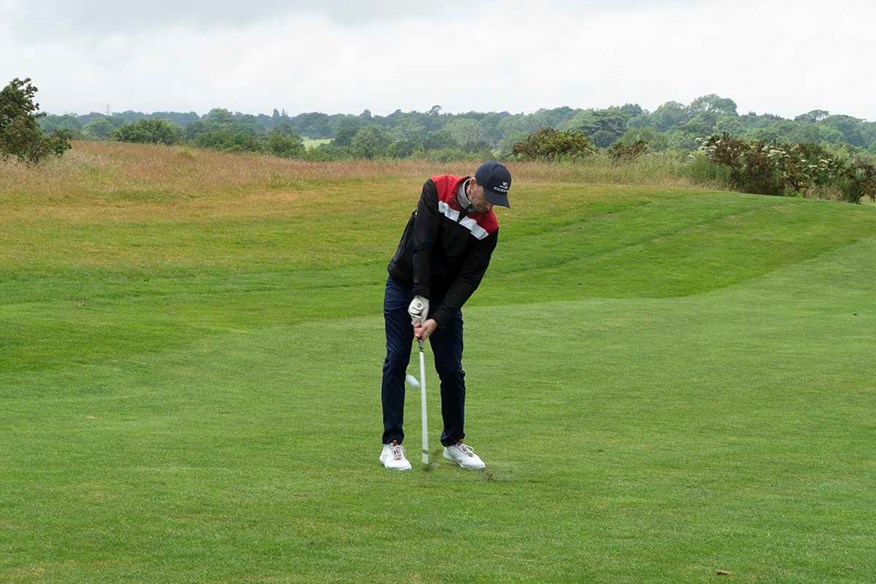
There were days when my driver would sing but I’d somehow forget how to hit an iron. Other days I would chip like a demon but putt like a fool – the evidence is there in our videos. The better my good shots the bigger my duffs. I could not get my mind around it, and it was starting to make me think golf wasn’t for me.
RELATED: Tested: Best drivers for beginners and high-handicappers
My head had seriously dropped. I wasn’t angry, I was just disappointed (actually that’s a lie, I was angry and disappointed, and, to my shame, not much fun to play with). But then something remarkable happened, something I could not have imagined would improve my game one bit.
I didn’t play golf for three months.
In fact, none of us did. Coronavirus wiped out almost a whole summer of golf, and whilst this may be pretty high up on the list of ‘first world problems’, it stung.
WATCH: Bad Golf’s first round after lockdown
To watch in full screen on desktop press play and click the YouTube icon
So how on earth could not playing golf improve my game?
Well, it gave me time to think about what was actually happening on the course. All I had to keep my golf brain ticking over were the memories of all the times I’d got close, but let those rounds slip away. My mistakes felt so random, the parts of my game that would misfire so unpredictable, that I felt completely powerless. What I needed was time to step back and focus on not what I couldn’t do, but on what I could.
RELATED: Golf mistakes we all make… and how to avoid them
I turned to Google and watched endless hours of YouTube. I can confidently say I’ve seen every video with “break 90” in the title. Very few were helpful, endless footage of scratch golfers showing you how to chip back onto the fairway from the trees.
For any would be 90 breakers let me save you a lot of time scrolling time… you need to watch Matt, AKA Golf Sidekick. His approach, philosophy even, is the only one I found to focus on the criminally underrated skills of shot selection and course management. We spend so much time learning how to swing a golf club, but so little time learning how to play golf.
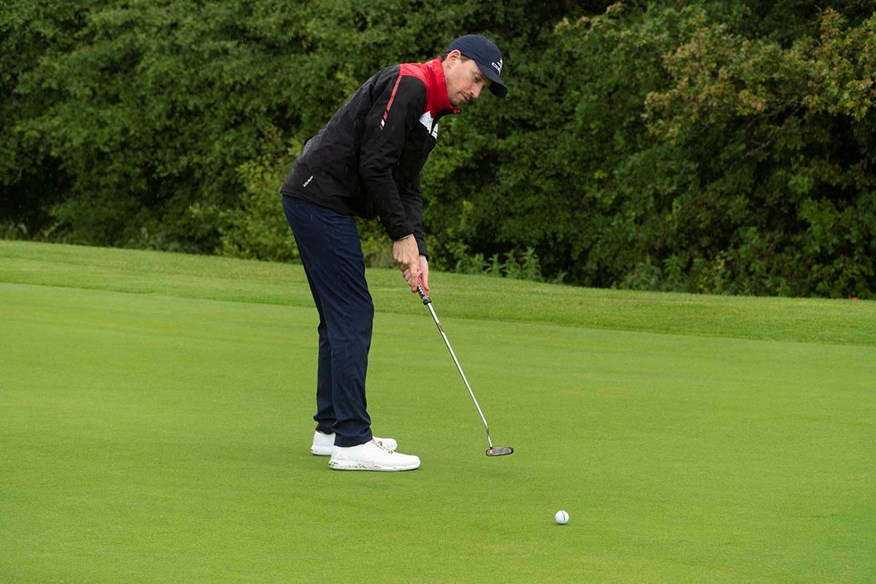
Armed with some of his wisdom I came up with a plan. Firstly, I took all my rounds from the course I had played the most and totted up my best combined score. I was amazed to find this totalled 82. That’s 13-over par, on a course where my previous best of 21-over. This gave me one indubitable truth to cling to. I already had every shot I needed to break 90.
Secondly, I needed to address my attitude. Hitting while angry was a bad habit of mine, my worst shots more often than not bred a further two or more.
RELATED: The mind game myths damaging your golf scores
Thirdly, I needed to stop playing shots I had no chance of pulling off. We’ve all done it, that fairway wood from the rough, trying to sneak onto greens from 210 yards to make up for a wayward drive. No more of this.
Fourth. No more counting. Once the hole is done you write down your score and move on. No totting up. No ‘you’re on for your lowest score here!’. That’s a recipe for a back nine with more blobs than a 1970s sci fi film.
And finally, I needed to know what shots were costing me. This was the most important part. I couldn’t just see my game as a rollercoaster ride of good and bad with no rhyme or reason, I needed to know exactly where the frustratingly small amount of lost shots had to be made up.
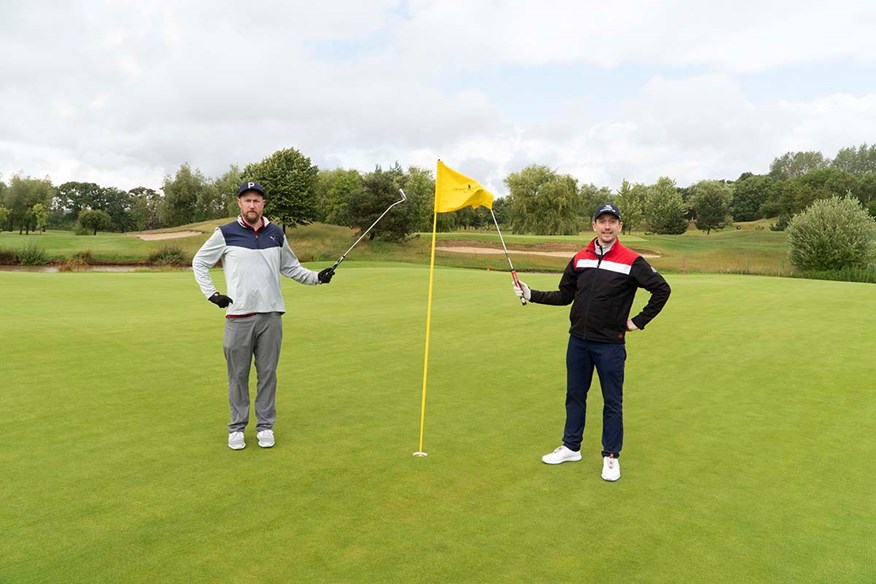
Remember, I’d shot in the 90s THIRTY-SIX TIMES, so a shot here or there would make all the difference. Locked down and with time on my hands, I came up with a system that I would implement in my first round back after lockdown. It works. And I commend it to the world.
Play a round on the course you are most familiar with and play alone. This is imperative as it saves you from distraction, embarrassment, and that mate who’s always telling you what’s wrong with your swing. (Tell me I’m coming over the top one more time and you’ll find I can hit certain body parts pretty accurately.)
RELATED: Putting coach Phil Kenyon saves you six shots
On your card make a note of every shot you lose. I don’t mean shots that aren’t perfect, your 120-yard worm cutters or 150-yard approaches into bunkers. I mean the genuine fluffs, duffs, tops, chunks and the chips that somehow find deeper rough just two feet in front of you. Treat each shot with total scientific objective interest. This is an experiment, not a competition.
When you get home, regardless of your score, make a list of all the types of bad shot, and put a mark for every one you had. I broke them down into these categories:
Lag putts; Putts 3ft and less; Putts 3-9ft; Chips; OB / water / three off the tee; Additional bunker (any more than one shot to get out); 50-100yd approach; Duff; Medicine; Pro
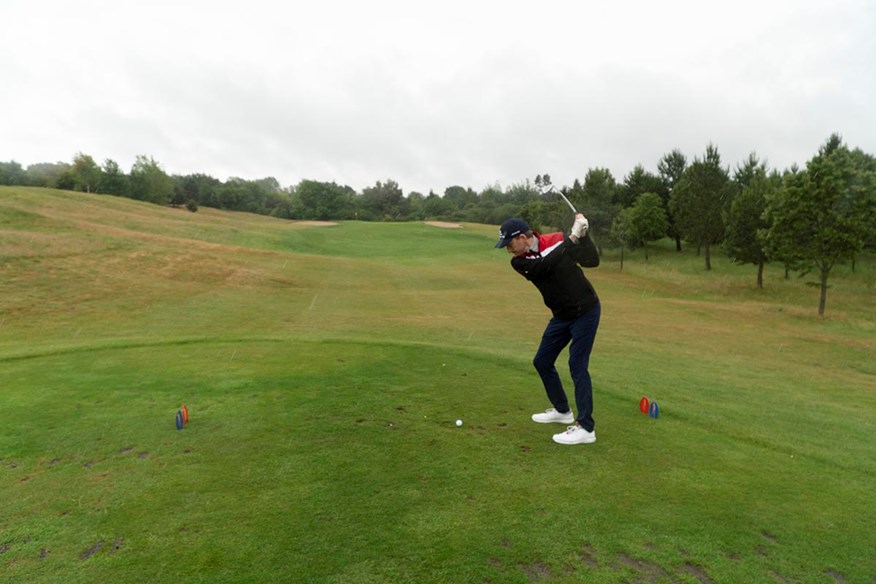
The final two stand for times I should have taken my medicine but didn’t, and times I tried to pull off a shot that was way beyond my ability and only a pro should attempt. Now, tot up the totals, and the total shots lost.
On my first, much anticipated round after lockdown, I scored 104. 35-over-par. I wasn’t disappointed. I stuck to the system. Which showed that while I was 35-over I had ‘lost’ 27 shots to silly, avoidable mistakes. This included a whopping six additional bunker shots (that’s nine shots to get out of three bunkers) and four putts missed from three feet or less.
JOHN ROBINS: How I shot my lowest-ever golf score
WATCH: John Robins’ bunker woes at Gleneagles
To watch in full screen on desktop press play and click the YouTube icon
I booked in an hour’s lesson to spend half an hour on each. A targeted lesson to your biggest weakness is, without doubt, the best money you will ever spend on golf. The next round I shot 96, with 19 mistakes, but only one short putt and one additional bunker shot. My confidence was growing and, even though my scores were big, they were getting better.
On the third round it happened. After three months of no golf. Three years of self-flagellation. I calmly put together a round of 84. EIGHTY-FOUR! Six shots better than I’d ever managed. And then I broke 90 again in the very next round, shooting an 87!
The crazy thing was, I didn’t even feel like I’d played that well. It was unremarkable. But what I did feel is that I’d played within my capabilities. Everything felt under control.
But perhaps the most the insane thing about my 84 was that I double-bogeyed the last two holes… my score could’ve been in the 70s! Surely, I’d have been the first golfer in history to break 90 and 80 in the same round?
So, there we have it. I’ve solved golf. The system works folks. Use it.
RELATED: How a golf MOT transformed John’s game

WITB: Bad Golf’s John Robins
Click the club names to read reviews and tests of John’s clubs
Driver: Cobra King Speedzone Xtreme Loft: 10.5º set to 11.5º. Shaft: Tensei blue 65 reg
Hybrid: Cobra King Speedzone Loft: 2H. Shaft: Recoil reg
Irons: Cobra King Speedzone Lofts: 5-GW. Shafts: Recoil reg
Wedges: Cobra King MIM Lofts: 52º, 58º. Shafts: STD wedge shaft
Putter: Odyssey O-Works 2.0 R-Line
Golf ball: Bridgestone E6
Apparel: Puma
John Robins is an award-winning stand-up comedian and radio host. Listen to his BBC Radio 5Live show every Friday from 1pm or download the podcast here and watch his comedy special ‘The Darkness of Robins’ on Netflix here. You can also follow John on Twitter and Instagram.
For more from Bad Golf, subscribe to their YouTube channel or follow on Twitter and Instagram.
And you can read more of John Robins’ Today’s Golfer columns here
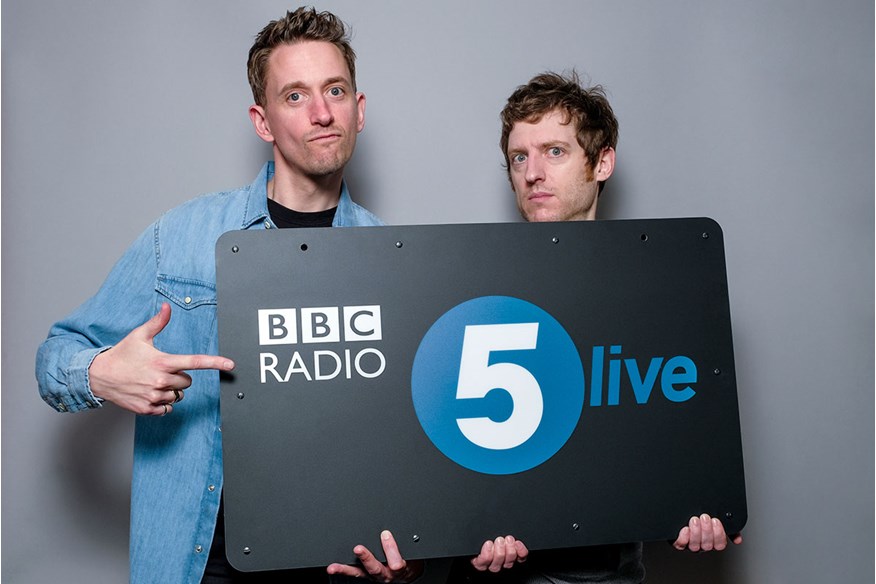
READ NEXT: Golf’s new World Handicap System explained
-
 Bad Golf's John Robins shares his foolproof guide to breaking 90 on the golf course.
Bad Golf's John Robins shares his foolproof guide to breaking 90 on the golf course.
-
 John Robins creates Bad Golf on YouTube with fellow comedian Alex Horne.
John Robins creates Bad Golf on YouTube with fellow comedian Alex Horne.
-
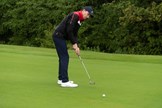 Bad Golf's John Robins keeps his eye on a putt at The Shire.
Bad Golf's John Robins keeps his eye on a putt at The Shire.
-
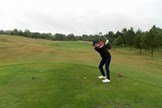 Bad Golf's John Robins plays his tee-shot on the par-3 12th at The Shire.
Bad Golf's John Robins plays his tee-shot on the par-3 12th at The Shire.
-
 John robins and Alex Horne filming 'Bad Golf' at The Shire.
John robins and Alex Horne filming 'Bad Golf' at The Shire.
-
 Bad Golf's John Robins plays a shot at The Shire.
Bad Golf's John Robins plays a shot at The Shire.
-
 Bad Golf's John Robins co-hosts a BBC Radio 5Live show and podcast with fellow comedian Elis James.
Bad Golf's John Robins co-hosts a BBC Radio 5Live show and podcast with fellow comedian Elis James.
